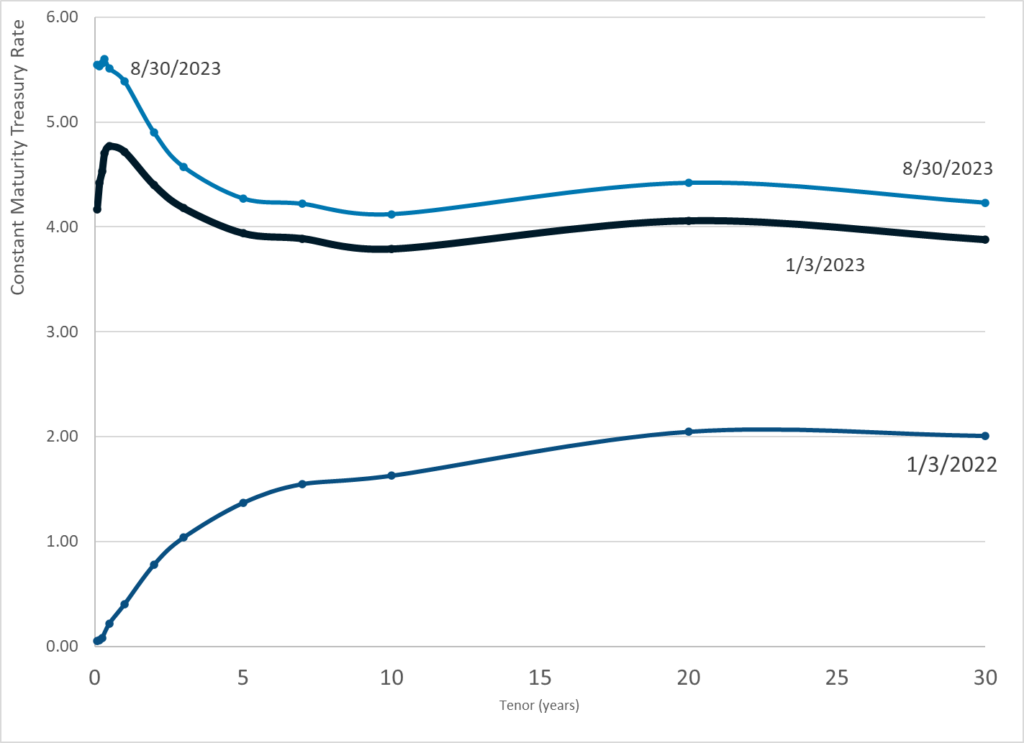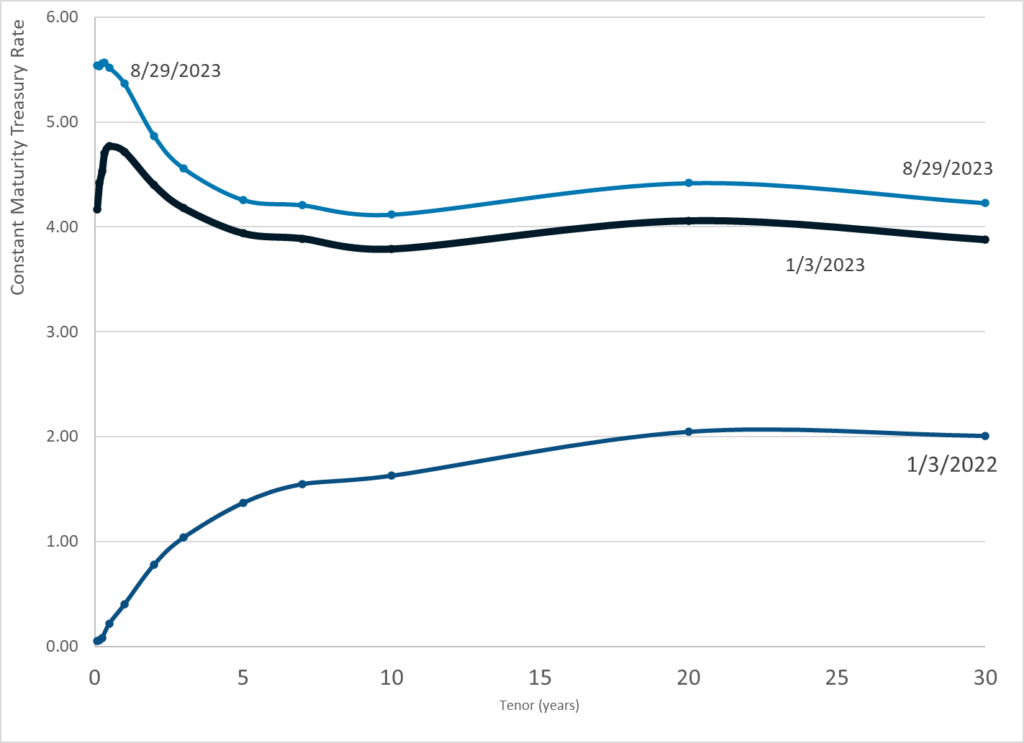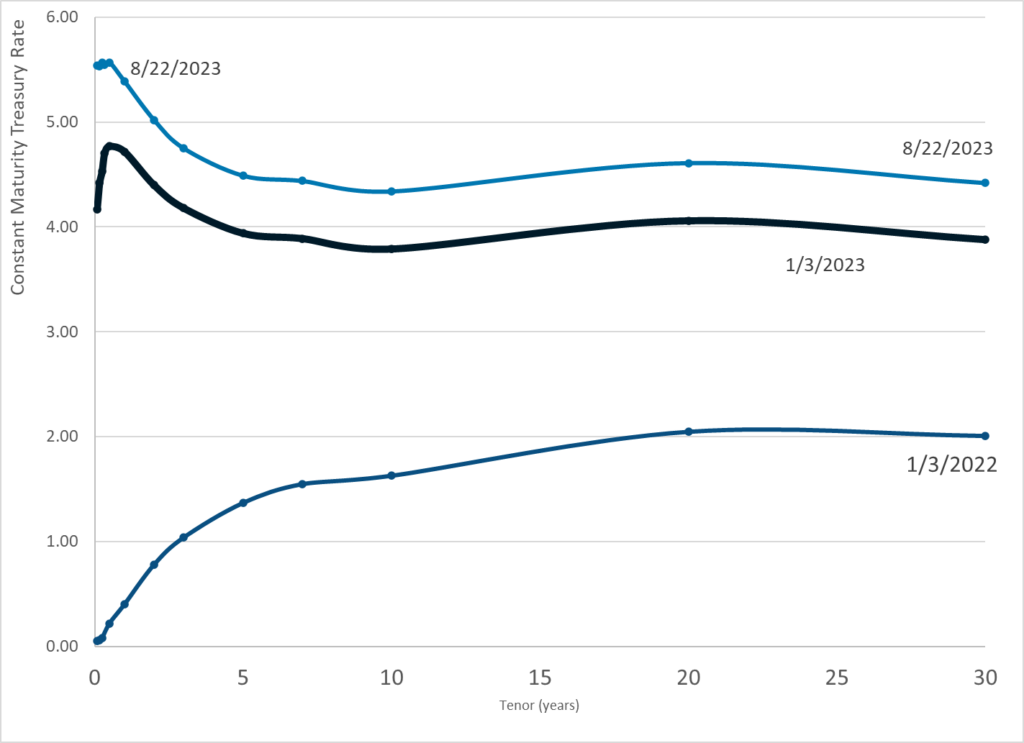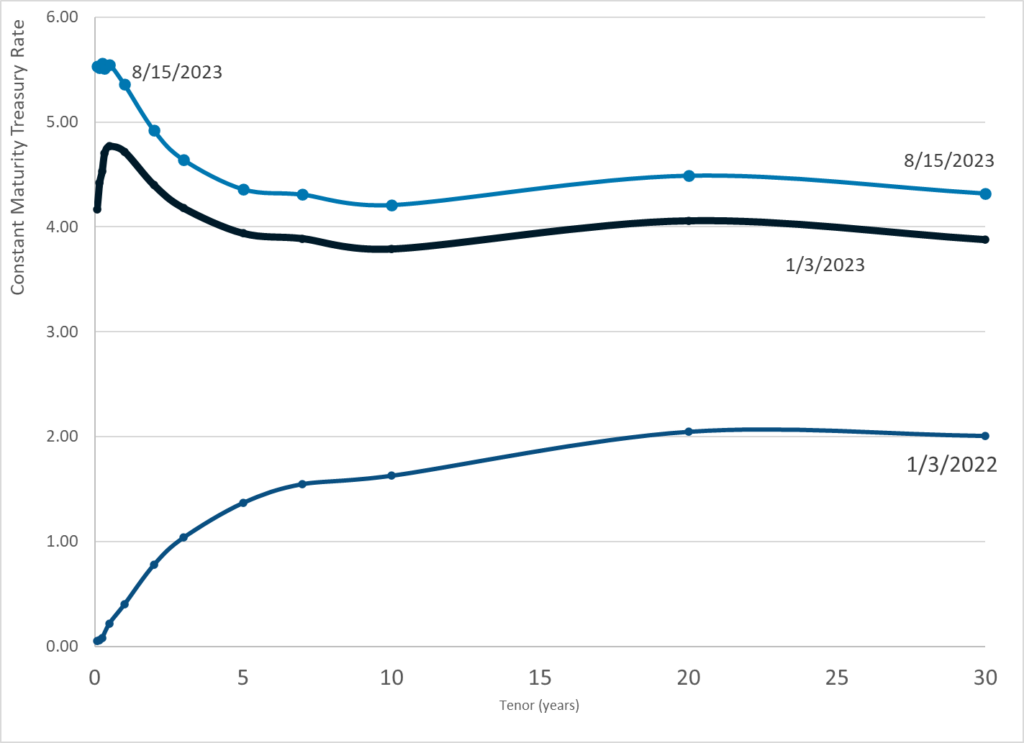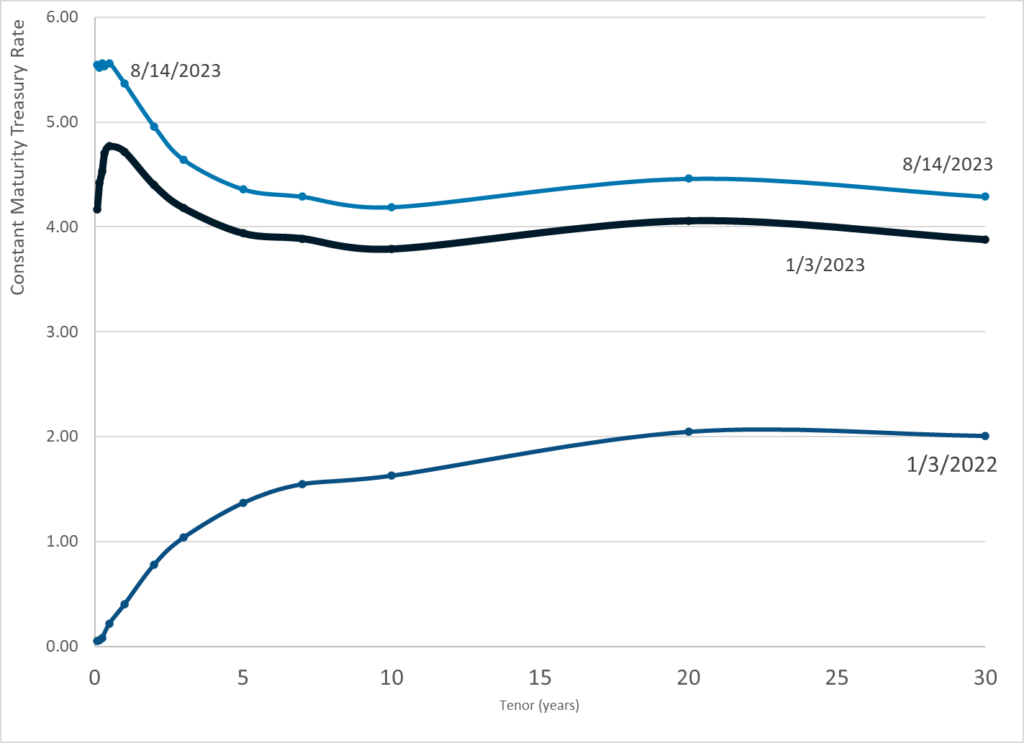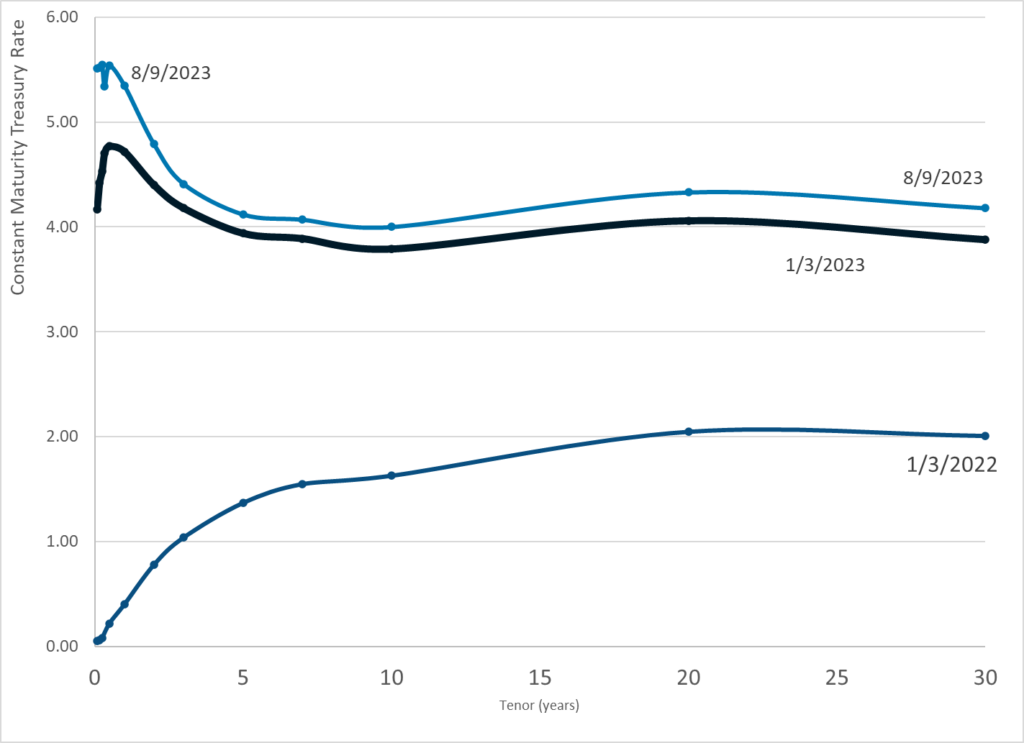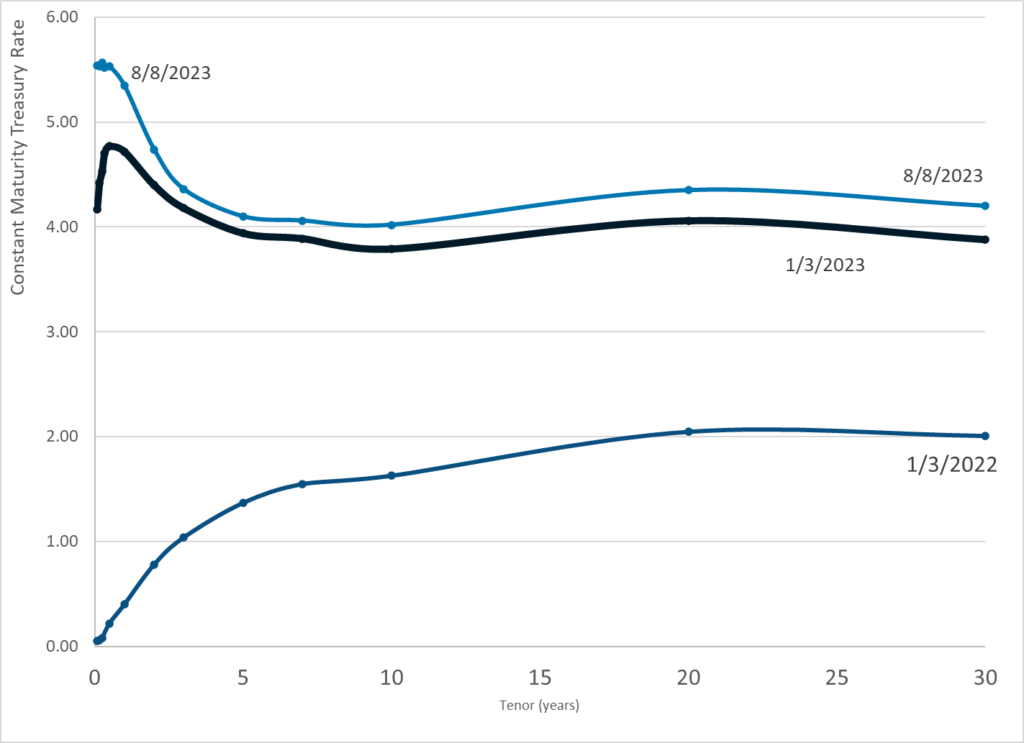Excerpt:
The Oregon Public Employee Retirement System (PERS) pension fund has been in the national spotlight recently because of risks from private investments hidden from the public. What risks? Risk to public employees’ retirement, risk to taxpayers who have to pick up the shortfall, risk to workers as private equity asset managers rake in huge profits at Oregonians’ expense, risk to all Oregonians as private equity undermines our communities, and risk to the climate as private equity firms are uniquely exposed to fossil fuel companies.
A recent article in the business section of The New York Times, “The Risks Hidden in Public Pension Funds,” focuses on the Oregon treasury’s unusually large private investments in PERS. The treasury has long hailed its private equity investments for producing high rates of return, overlooking warning signs that the managers report earnings that turn out to be overstated. The Times reported, “they aren’t taking account of the true risks embedded in private equity. Oregon’s pension fund is over 40% more volatile than its own reported statistics show.”
…..
Divest Oregon’s 2022 report, “Oregon Treasury’s Private Investment Transparency Problem,” documents that more than 50% of PERS is in private investments, with various labels (“private equity,” “alternatives,” “opportunity,” even real estate).
These private funds are heavily invested in coal, oil and gas. The treasury increased its investments in fossil fuels in private investments from 2021 to 2022 (the most recent data released by the state) and continues to invest billions in the fossil fuel industry in 2023, for example in the private investment firm GNP. While Divest Oregon applauds Treasurer Tobias Read in his work to create a “decarbonization plan” for PERS, the treasurer must respond to calls to stop new private investments that fund the climate crisis.
Author(s): State Sen. Jeff Golden and state Reps. Khanh Pham and Mark Gamba
Publication Date: 29 Aug 2023
Publication Site: Portland Tribune
